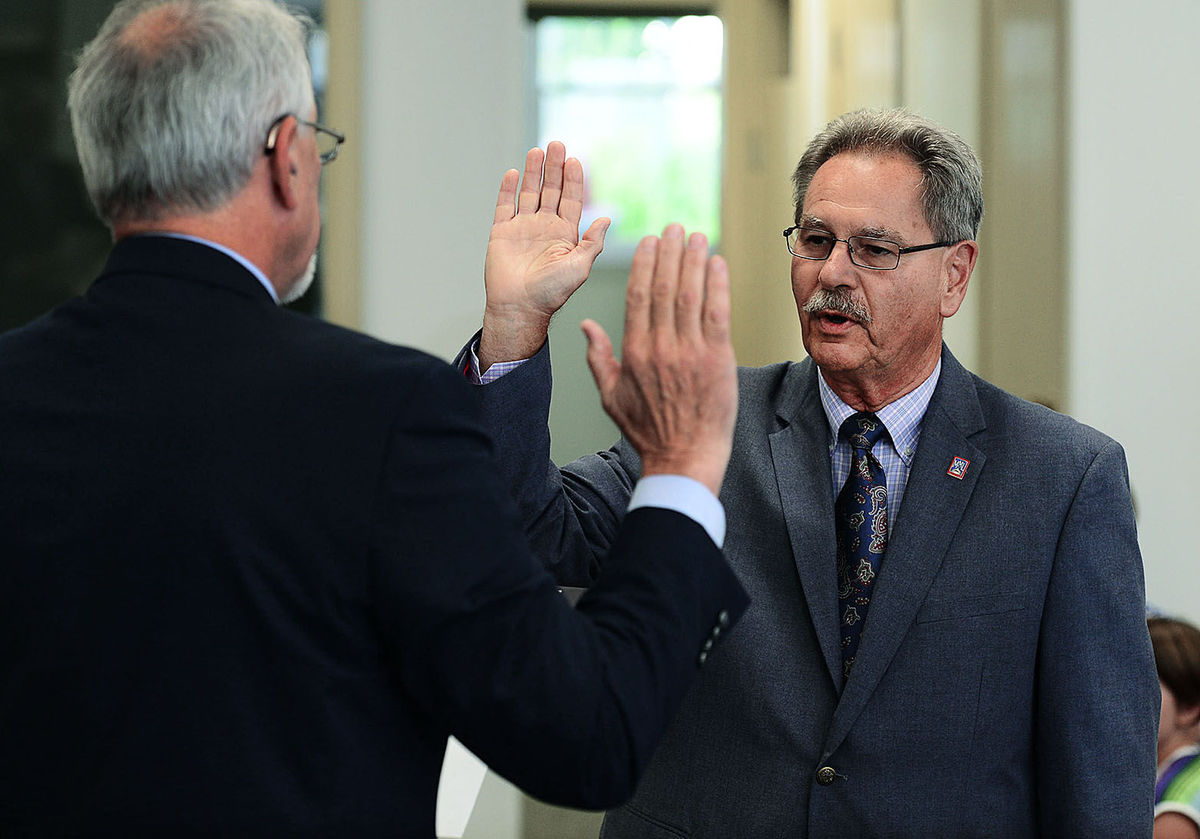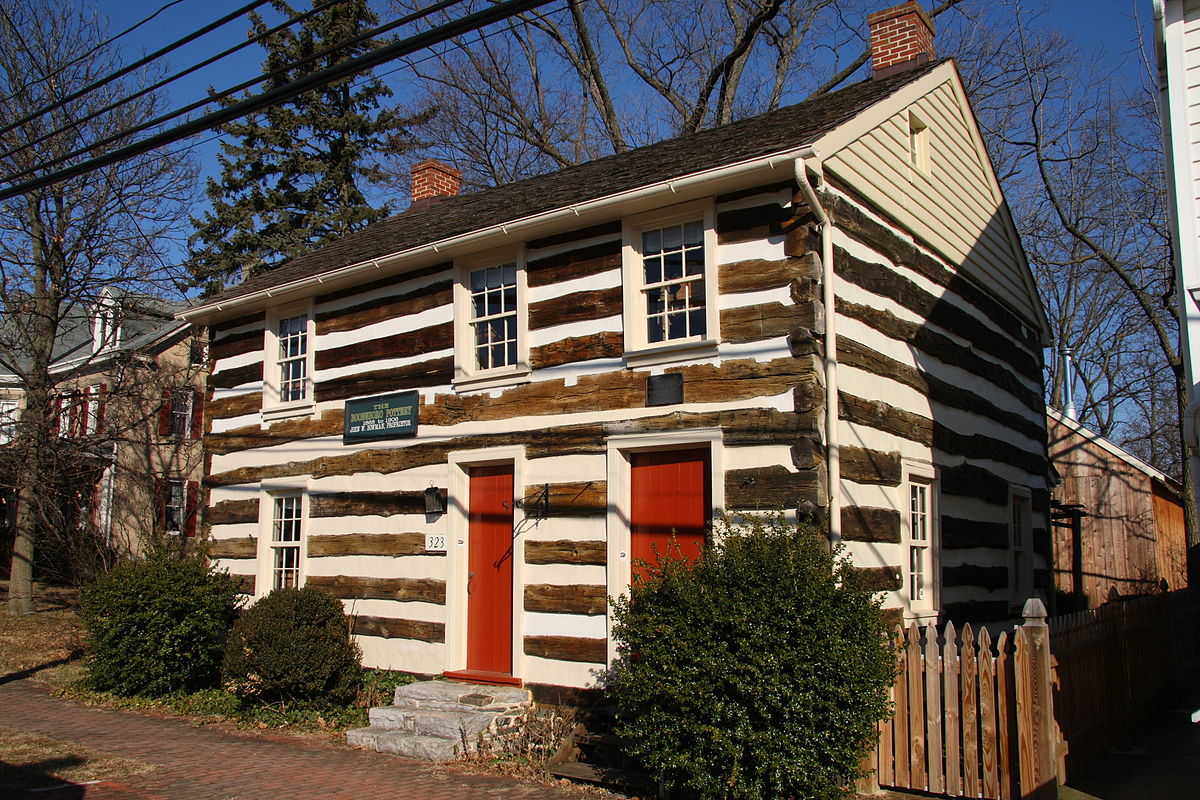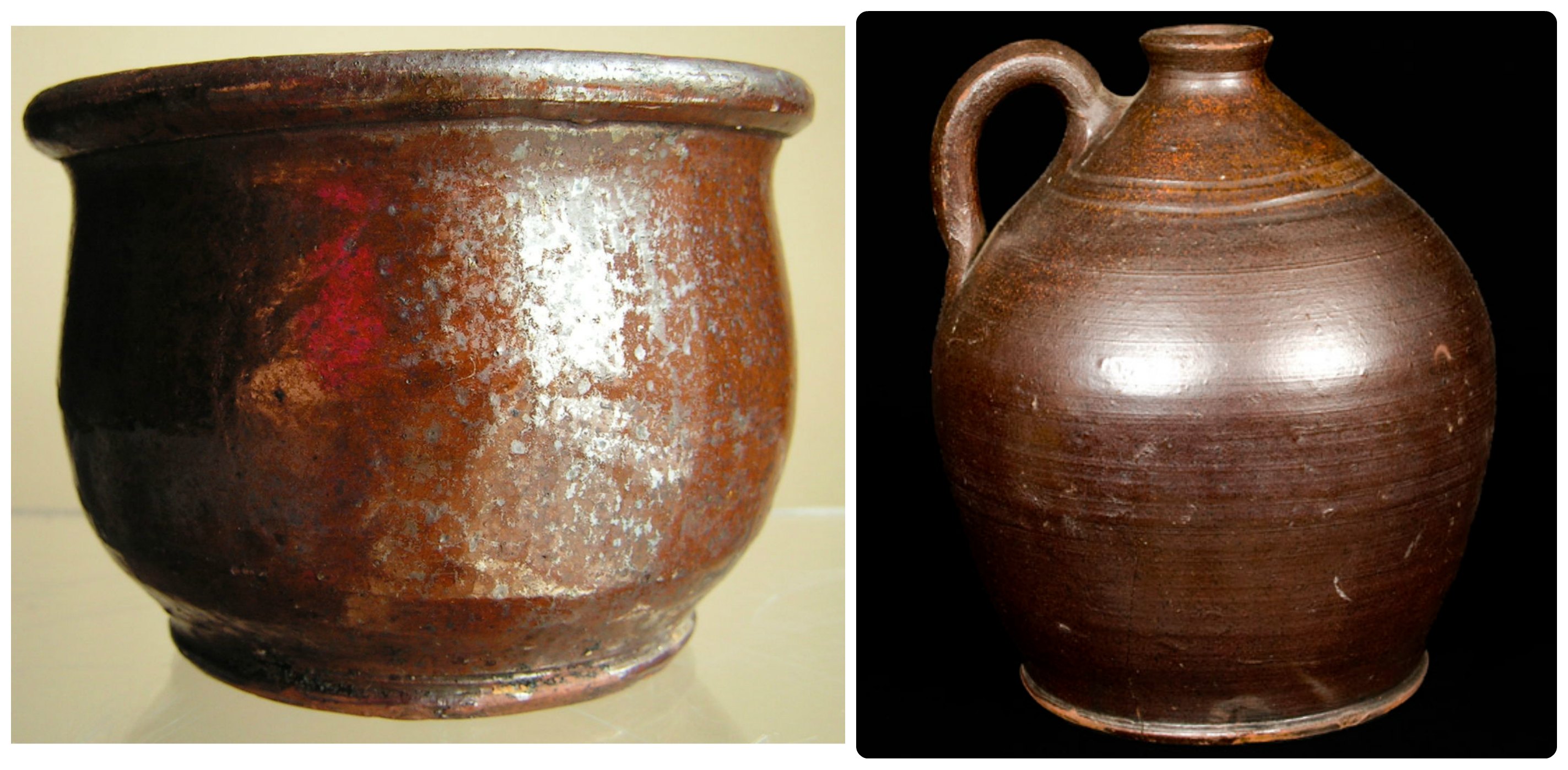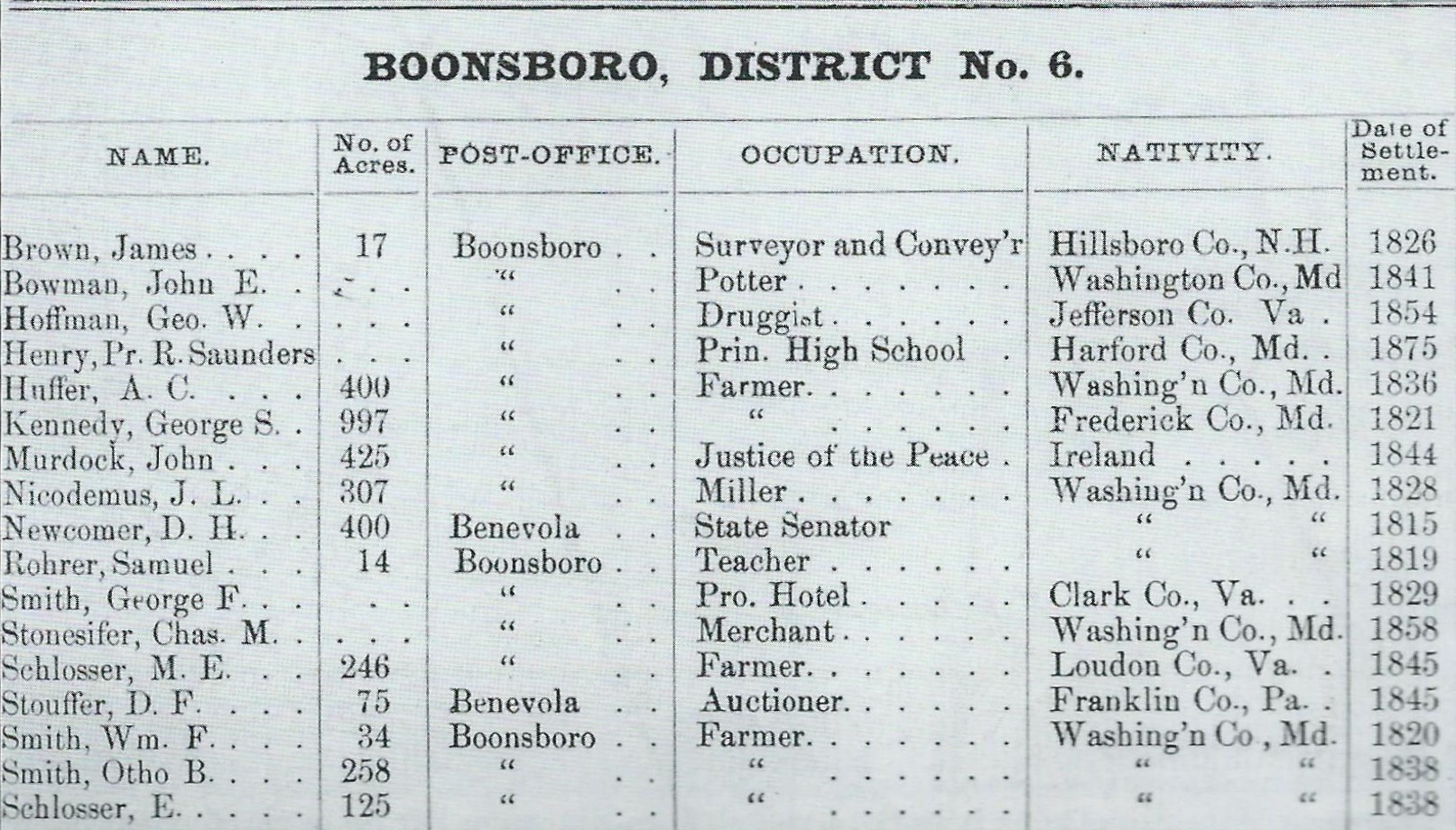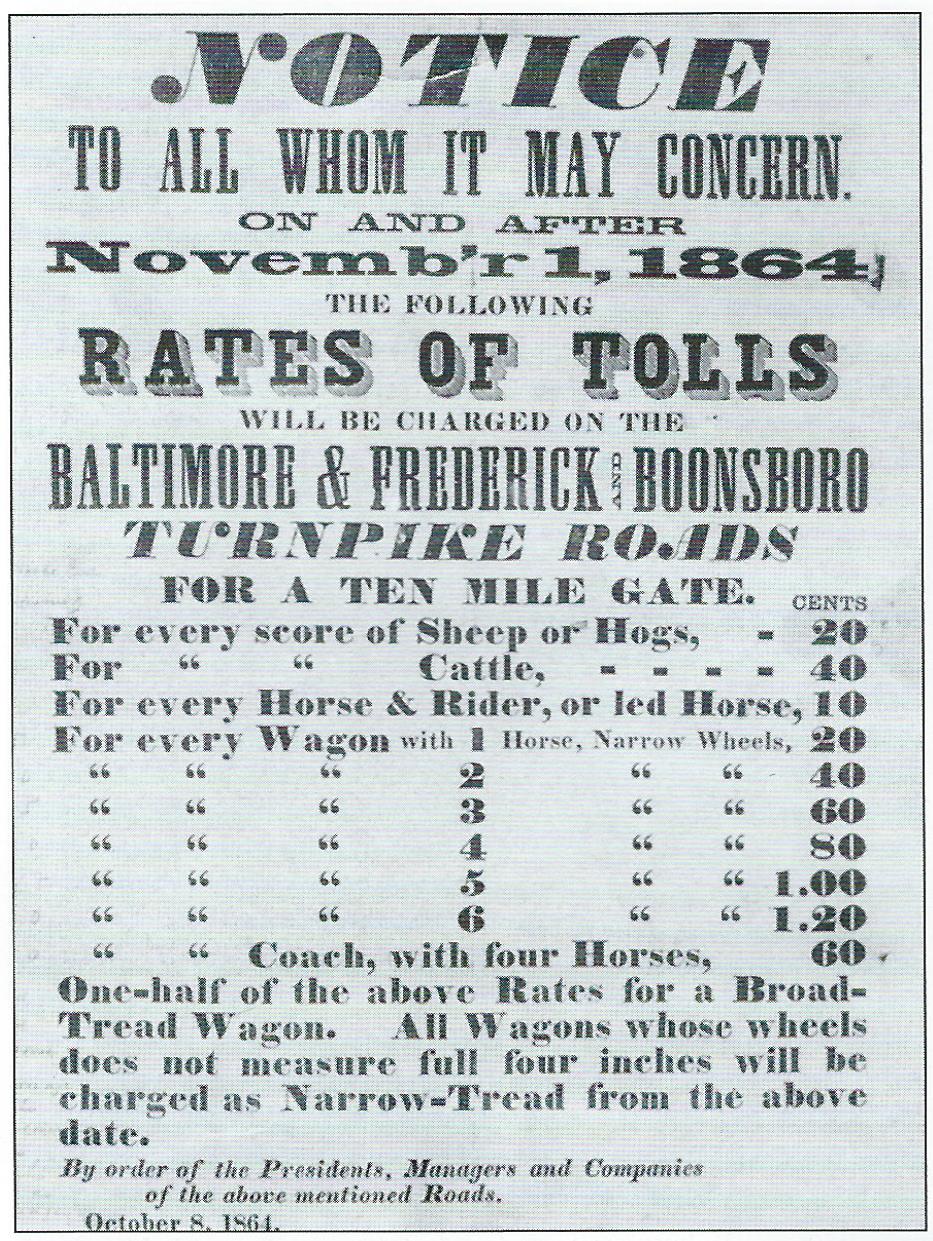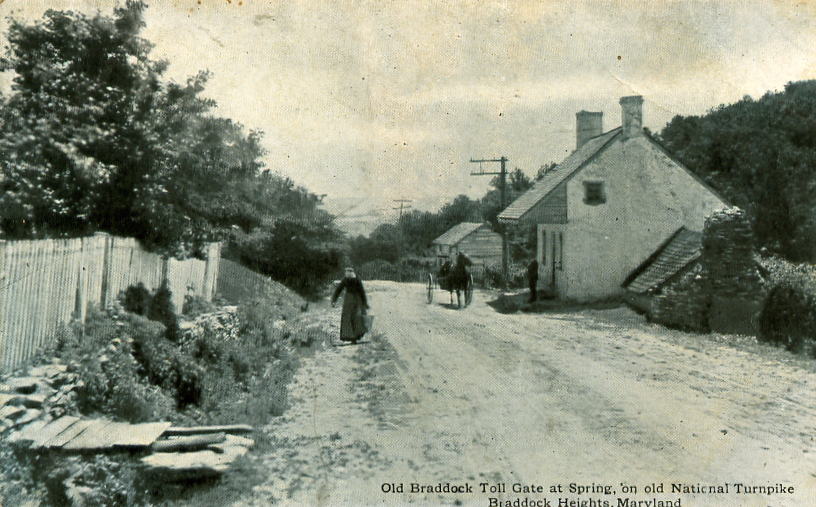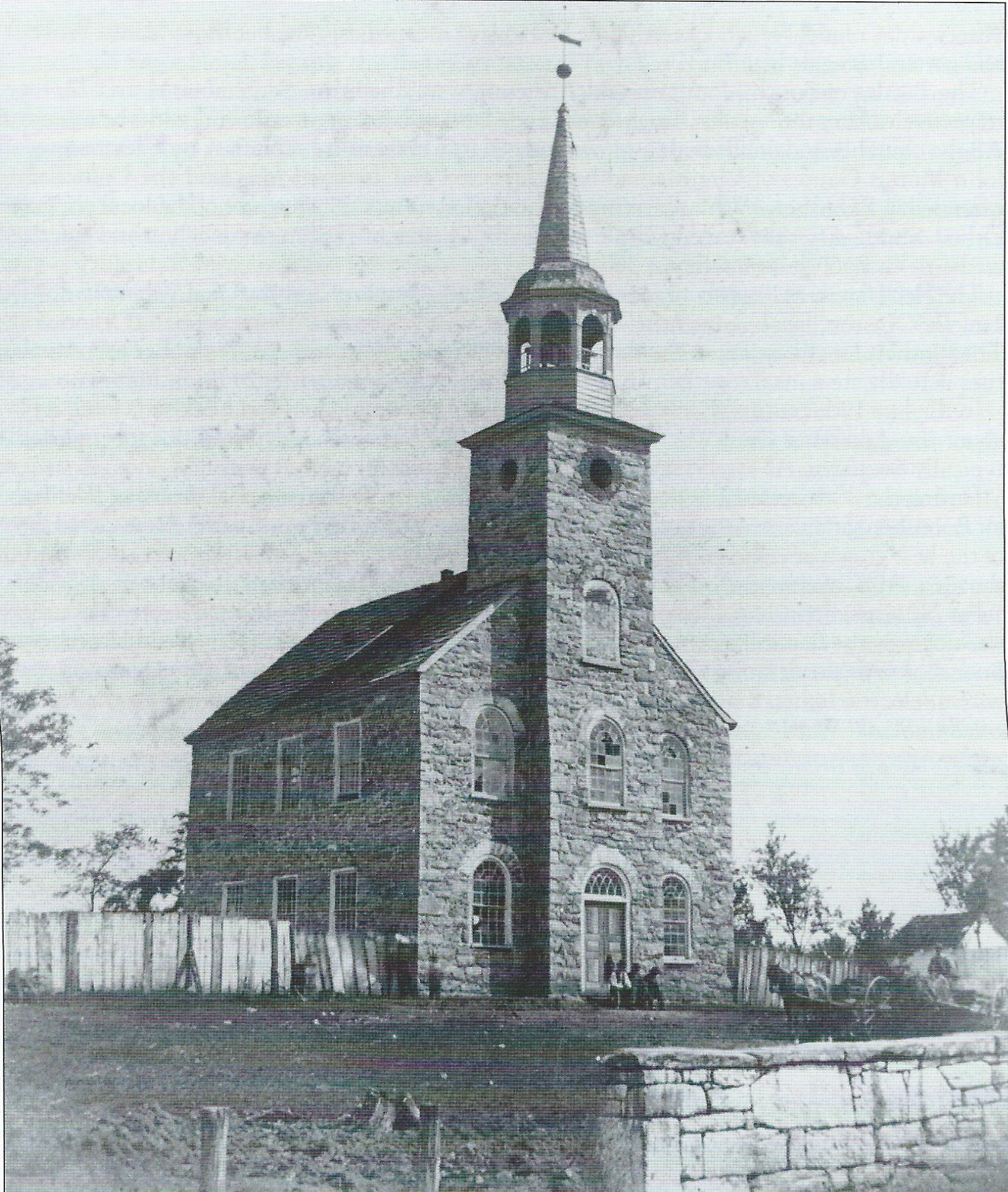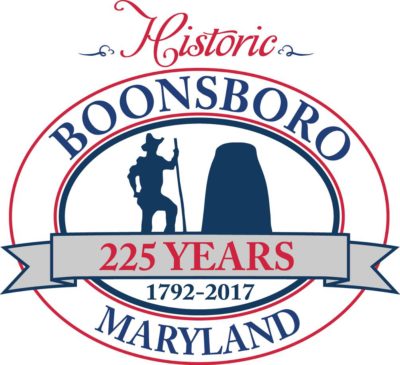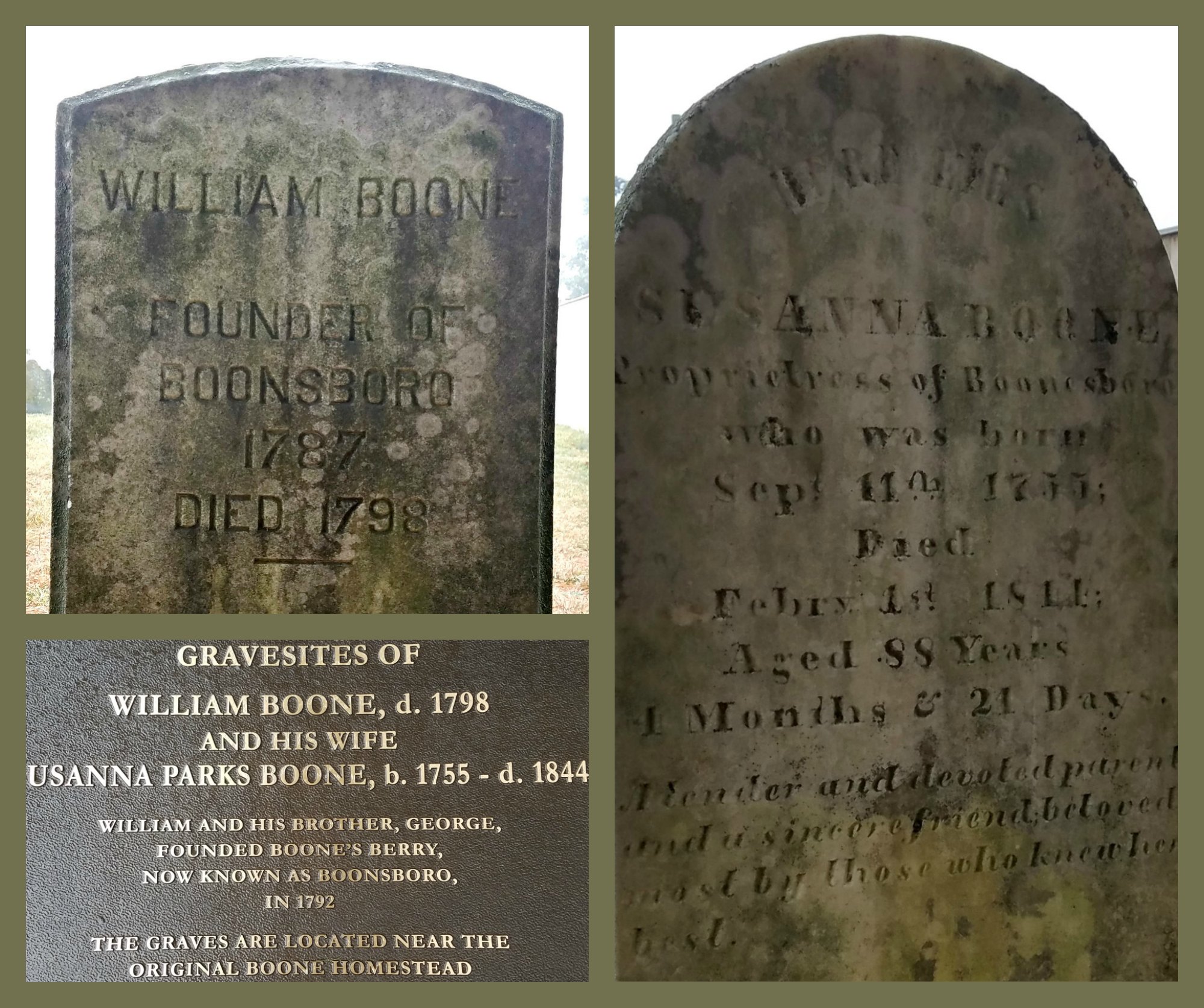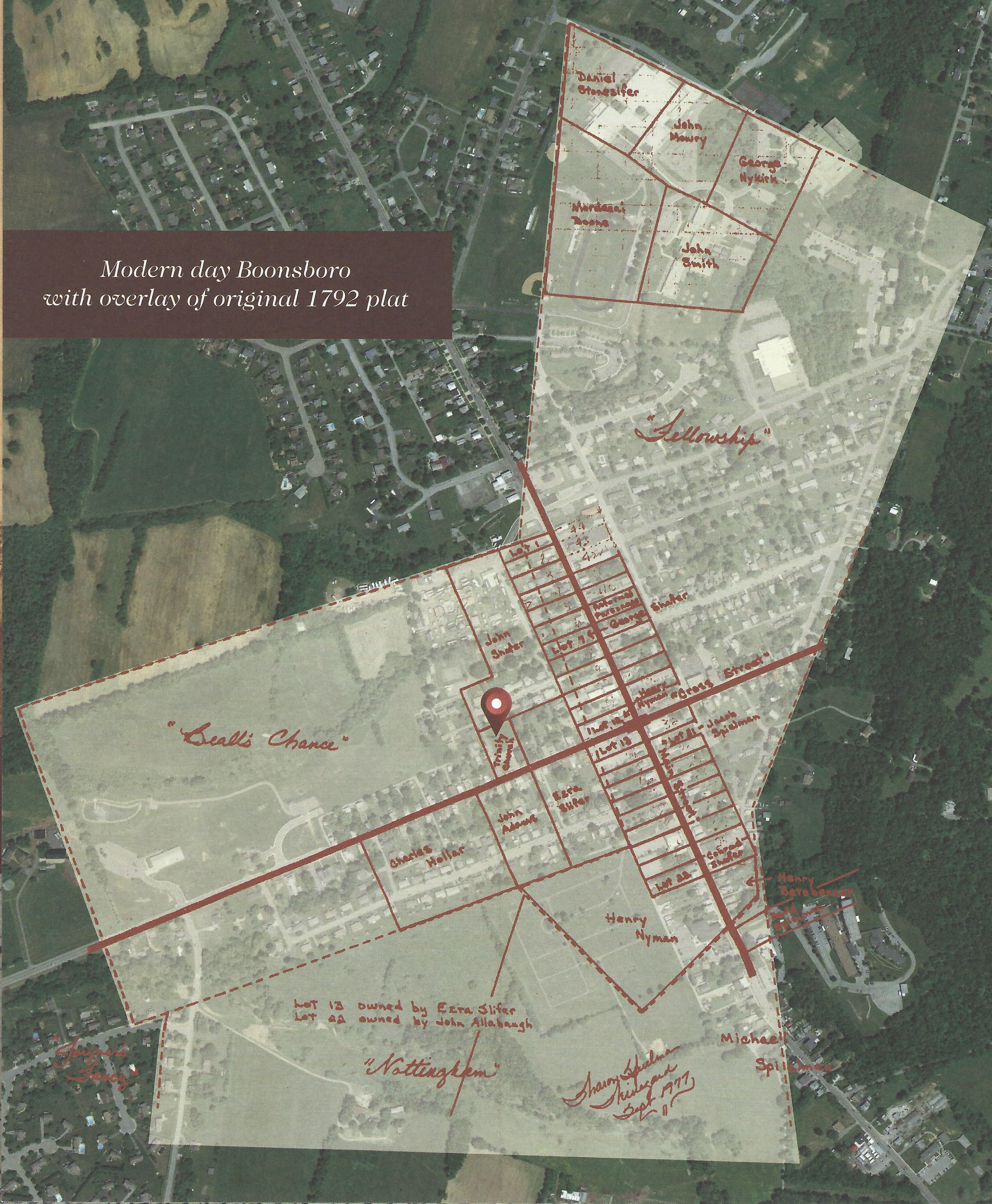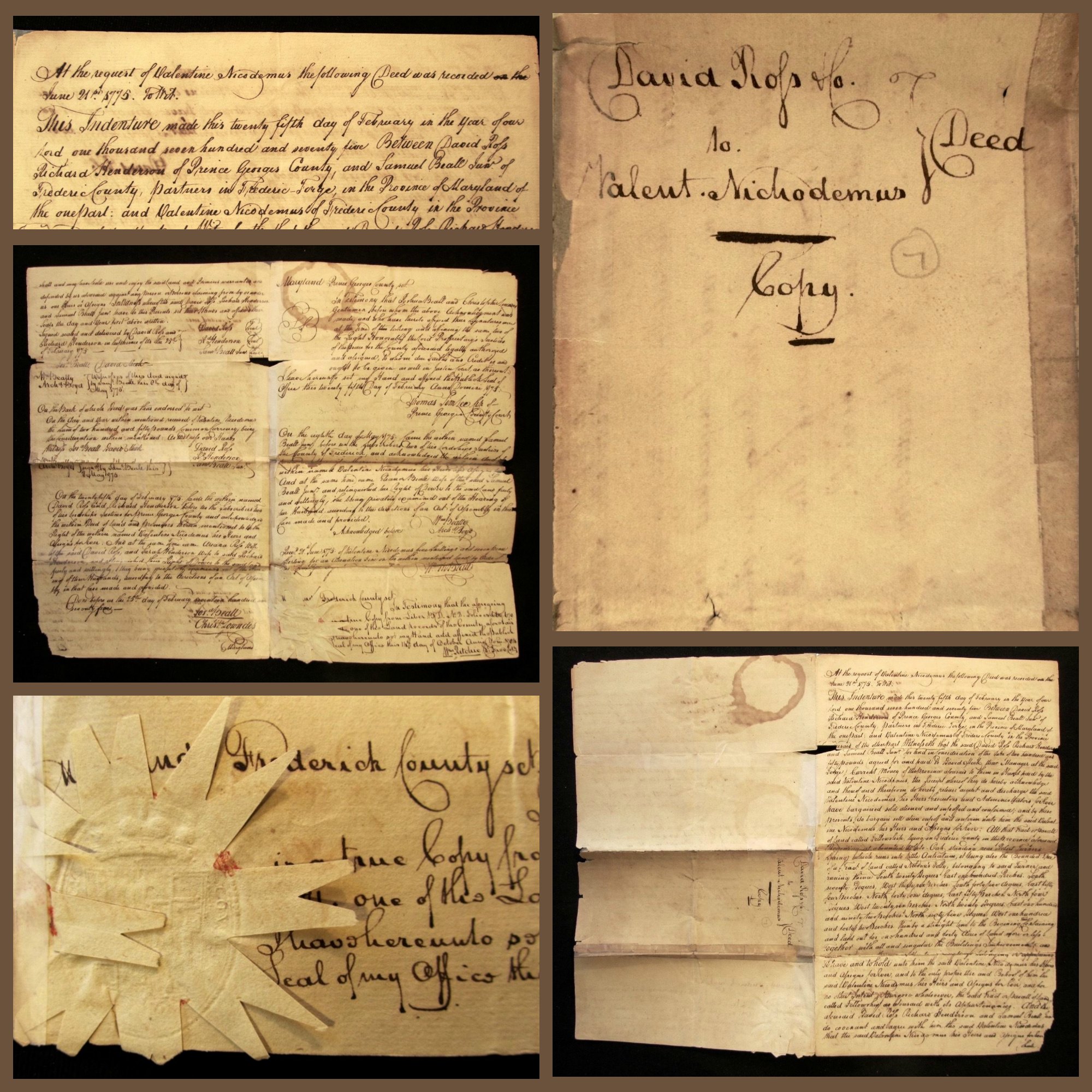Boonsboro Reflections: Boonsboro Mayors
Mayors (originally called burgesses) were elected annually from 1831-1839, bi-annually from 1940 through 1975 and, since then, mayors have been elected to four-year terms. At Boonsboro’s first election in 1831, Jonathan Shafer was chosen as first Burgess and Captain...
Boonsboro Reflections: The Bowman House
The Bowman House, at 323 North Main Street, was built in 1826 and is typical of log dwellings built in Western Maryland during the first half of the 19th century. It has two stories built in an “L” shaped plan. A hewn V-notch construction detail was used at the...
Boonsboro Reflections: John Bowman, Potter
Potters were familiar tradesmen in the 19th century, playing a necessary role fashioning utilitarian and decorative containers for local households. John Bowman enlisted in the Union Army in 1862 and after his discharge in 1865 he apprenticed with his father, a...
Boonsboro Reflections: Trade in Boonsboro
While the economy of western Maryland was largely founded on agriculture, the growing population in and around Boonsboro attracted an impressive range of tradesmen and craftsmen. Coverlet makers, shoemakers, carpet weavers, cabinetmakers, tinners, tailors, potters and...
Boonsboro Reflections: Slow, Steady Growth
The first of Boonsboro’s 44 half-acre lots was sold in 1792. By 1801 the Eagle Hotel (now Inn Boonsboro) was built and a post office established. Peter Conn, the proprietor of the new hotel was also the Town’s first postmaster. At first, the town grew slowly; in...
Boonsboro Reflections: John McAdam Introduces the Macadam Road Surface to America
The first macadam surface in the United States was laid on the "Boonsborough Turnpike Road" between Hagerstown and Boonsboro, Maryland. By 1822, this section was the last unimproved gap in the great National Road leading from Baltimore, on the Chesapeake Bay, to...
Boonsboro Reflections: The National Road Joins Baltimore & the Western Settlements
Boonsboro’s growth and prosperity certainly benefited from the construction of the Bank Road, later known as the National Road (now Alternate 40). George Washington and Thomas Jefferson believed that a trans-Appalachian road was necessary for unifying the young...
Boonsboro Reflections: The Salem Church Served Lutheran & Reformed Congregations
In 1806, construction was completed on Boonsboro’s dual-congregation Salem Church on Potomac Street. This church, jointly owned and serving both Lutheran and Reformed congregations for many years, was considered one of the finest stone churches in western Maryland. ...
Boonsboro Reflections: Boonsboro’s First Church
Settlers in the area established the congregation of Salem Church decades before the founding of Boonsboro. A log schoolhouse located ½ mile northeast of town along Route 66 served as the worship site. While this structure is long gone, remnants of a graveyard can...
Boonsboro Reflections: Historic Gravesites
Boonsboro Reflections: Historic Gravesites William Boone died in 1798, only six years after founding Boonsboro. He was buried on his land. In 1802, planning and construction of the Salem Church began on property acquired from the Boone family and the Old Salem...
Boonsboro Reflections: 1792 & the Founding of Boonsboro
In 1792, William Boone and his brother, George, laid out 44 half-acre lots - 22 on each side of the main wagon road connecting Fredericktown and Hagerstown (now Alternate 40) - with the town square at the intersection with the road to Sharpsburg (now MD 34). Thus,...
Boonsboro Reflections: Expansion of Boone Land Holdings
After working his 100-acre farm for 15 years, William Boone purchased a 140-acre parcel of land known as Fellowship from Valentine Nicodemus in 1791. The important wagon road connecting Fredericktown and Hagerstown ran through that parcel and was destined to become...

